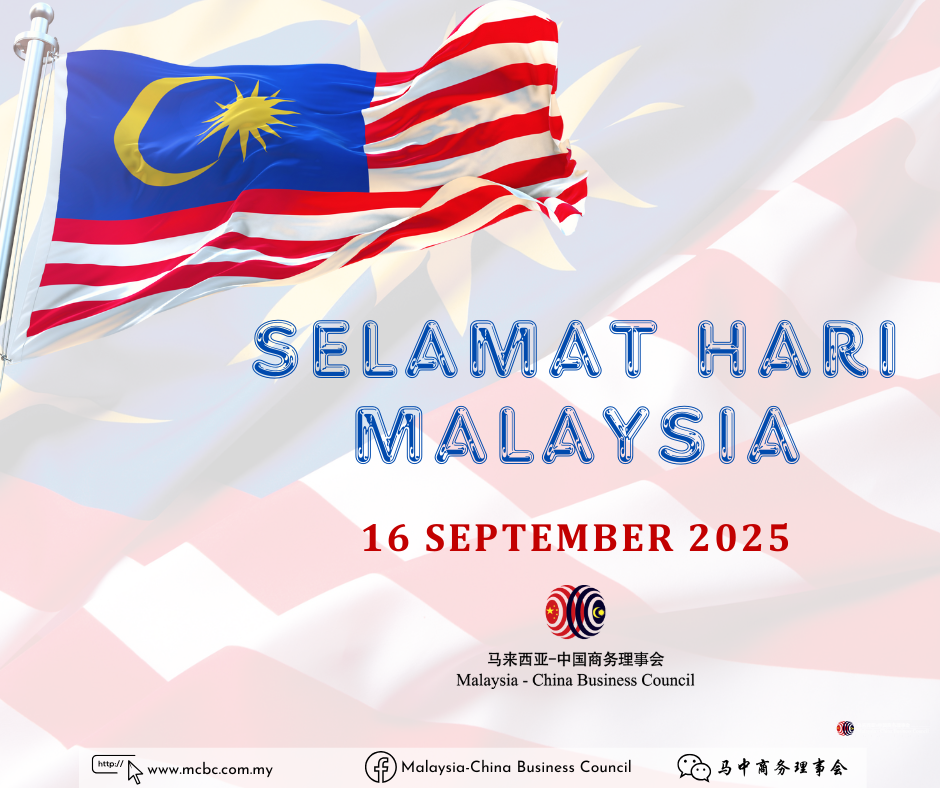The Chairman of Malaysia-China Business Council Tan Sri Ong Ka Ting declared open the 7th Southeast Asia Pu’er Tea Annual Trade Fair held concurrently with the MIECC International Book Fair at the Malaysian International Exhibition & Convention Centre in Seri Kembangan, Selangor on Nov 19. The Southeast Asia Pu’er Tea Trade Fair, held from Nov 19 to 28, was sponsored by Hai-O Enterprise Berhad. A total of 20 companies took part.
Tan Sri Ong in his speech commended Hai-O for its effort in providing a forum for tea merchants, producers, customers and vintage tea collectors to exchange views and knowledge and to gather market information. He said tea was not only a healthy beverage, drinking tea is also part of an elegant and healthy lifestyle shared and enjoyed by both the young and old, rich and poor.
Tea was one of the most valuable commodities in China in ancient days. It is also a cultural product as tea drinking has evolved to become an art in modern times. As people are more health conscious today, tea has once again become a hot item.
According to figures provided by China, its total production of tea for 2010 was 1.41 million tones valued at RMB55.8 billion. Of the total produced, 302,000 tones valued at US$784 million were exported that year. The production of tea has been record breaking for the last seven successive years. These figures show the robust growth of China’s tea industry and its economic potential.
As for the export market, Morocco is China’s biggest, followed by Uzbekistan and Algeria while the Malaysian market is still small by comparison. But here lies the potential and trade fair like this is very important, said Tan Sri Ong.
He said Malaysians had been working hard in developing the tea business. “We have made remarkable contribution, especially in the collection and distribution of Pu’er tea,” he added.
“Our ‘Da Ma Cang’ Pu’er which means Stored-in-Malaysia Pu’er is gaining popularity as a global brand,” he said, adding that Malaysia is the natural store for Pu’er tea because of the right climate and humidity.
“Thus, every effort must be made to promote this uniquely Malaysian brand so that Malaysia can be a world centre of high value and high quality Pu’er in the future,” he said.
Tan Sri Ong said that the ancient Tea Horse Road once saw a thriving trade in tea and could rival the more famous Silk Road.
“We can see that the new Tea Horse Road is thriving again stretching from inner China to the world. I believe Malaysia can play an important role in the paving of this new Tea Horse Road stretching from Yunnan to Kuala Lumpur and beyond.
“Malaysians involved in Pu’er trade in particular are in fact helping to build not only an economic corridor but also a cultural network via the trading of tea.”
Tan Sri Ong also said the Qinzhou Industrial Park, an iconic joint-venture project between Malaysia and China, was now taking shape in Nanning in Guangxi. Located in Qinzhou, an important gateway connecting China and its trading partners in Southeast Asia, it is aimed at forging a closer economic co-operation between Malaysia and China.
Qinzhou will be an important part of this new economic corridor. The Malaysia-China Business Council, he pledged, is willing to play the role of a coordinator to broaden and deepen the closer co-operation which involves both economic and cultural developments.
SOURCE: MCBC



